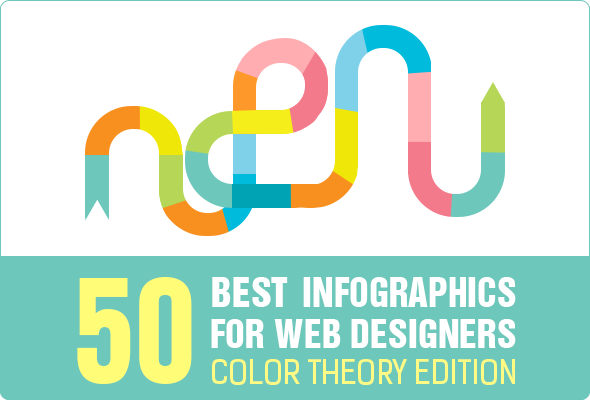Intrigued In Finding Out How Site Layout Has Advanced For Many Years? Explore The Trip From Basic, Straightforward Layouts To User-Centric Interfaces That Focus On The Visitor'S Experience
Intrigued In Finding Out How Site Layout Has Advanced For Many Years? Explore The Trip From Basic, Straightforward Layouts To User-Centric Interfaces That Focus On The Visitor'S Experience
Blog Article
Uploaded By-Asmussen Wren
In the past, internet sites were straightforward and focused on information. Navigating was direct, and style was for desktops. Currently, customer experience is crucial. Information overviews styles for very easy navigation. Receptive designs fit various tools. Today, dark setting minimizes pressure, and minimalist menus improve navigating. Interactive attributes engage users, and vibrant visuals stick out. AI assimilation enhances interaction. See how design has developed to improve your online trip.
Early Days of Web Design
In the very early days of web design, simplicity reigned supreme. Internet sites were fundamental, with restricted colors, font styles, and designs. The emphasis was on supplying details as opposed to flashy visuals. Individuals accessed the web with slow-moving dial-up links, so rate and functionality were crucial.
Navigation menus were straightforward, usually situated at the top or side of the web page. Web sites were created for desktop, as mobile browsing wasn't yet widespread. Material was king, and designers prioritized very easy readability over intricate design elements.
HTML was the key coding language made use of, and designers needed to work within its constraints. Computer animations and interactive functions were very little compared to today's standards. Internet sites were static, with little dynamic content or customized customer experiences.
Rise of User-Focused Design
With the evolution of site style, a shift towards user-focused style principles has actually come to be significantly popular. Today, developing web sites that prioritize customer experience is vital for engaging visitors and accomplishing company goals. User-focused layout entails comprehending the needs, preferences, and habits of your target audience to customize the internet site's format, web content, and includes accordingly.
Designers now conduct comprehensive study, such as user studies and use testing, to gather understandings and responses directly from individuals. This data-driven technique assists in creating intuitive navigating, clear calls-to-action, and aesthetically enticing user interfaces that reverberate with visitors. By putting the user at the center of the style process, sites can deliver a more customized and enjoyable experience.
Receptive design has actually additionally emerged as a vital element of user-focused layout, making certain that web sites are optimized for numerous gadgets and screen dimensions. This versatility improves accessibility and functionality, satisfying the diverse means users connect with web sites today. In essence, the rise of user-focused layout indicates a shift in the direction of developing digital experiences that focus on the requirements and assumptions of the end user.
Modern Trends in Website Design
Discover the current patterns shaping website design today. One famous trend is dark setting style, using a sleek and contemporary appearance while decreasing eye stress in low-light atmospheres. An additional crucial pattern is minimalist navigating, simplifying food selections and improving customer experience by focusing on essential elements. Integrating micro-interactions, such as computer animated switches or scrolling impacts, can develop an extra interesting and interactive site. Responsive layout remains important, making certain seamless user experiences across numerous gadgets. Additionally, utilizing strong typography and asymmetrical formats can include aesthetic interest and draw attention to specific content.
Integrating AI innovation, like chatbots for client support or personalized suggestions, boosts individual engagement and enhances procedures. Accessibility has additionally come to be a significant pattern, with developers prioritizing comprehensive design practices to satisfy varied user needs. Accepting https://www.pcmag.com/how-to/easy-but-powerful-seo-tips-to-boost-traffic-to-your-website by maximizing site performance for speed and performance is one more arising fad in web design. Working together with wordpress website hosting and data analytics to iterate and boost layout continually is essential for staying relevant in the ever-evolving digital landscape. By embracing these modern fads, you can develop an aesthetically enticing, straightforward web site that reverberates with your target market.
Verdict
As you reflect on the advancement of website style from the very early days to now, you can see how user-focused style has actually come to be the driving force behind contemporary patterns.
Welcome click here for more of modification and adaptation in website design, constantly keeping the individual experience at the center.
Remain current with the most recent trends and technologies, and never stop advancing your strategy to create visually spectacular and easy to use websites.
Evolve, adapt, and create - the future of web design is in your hands.
